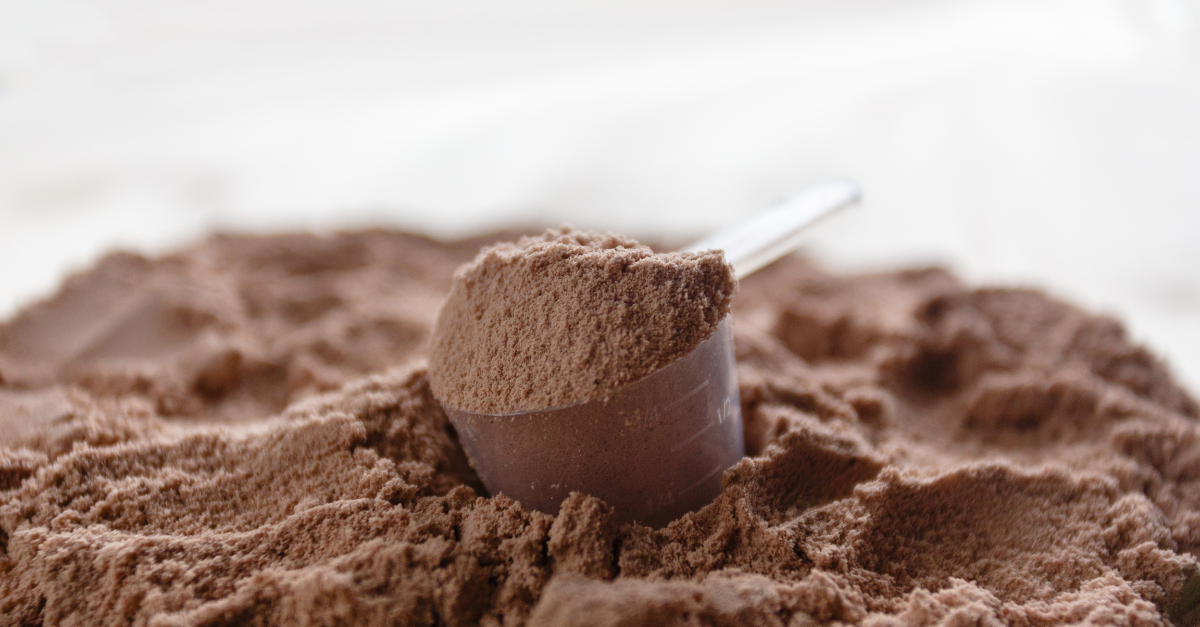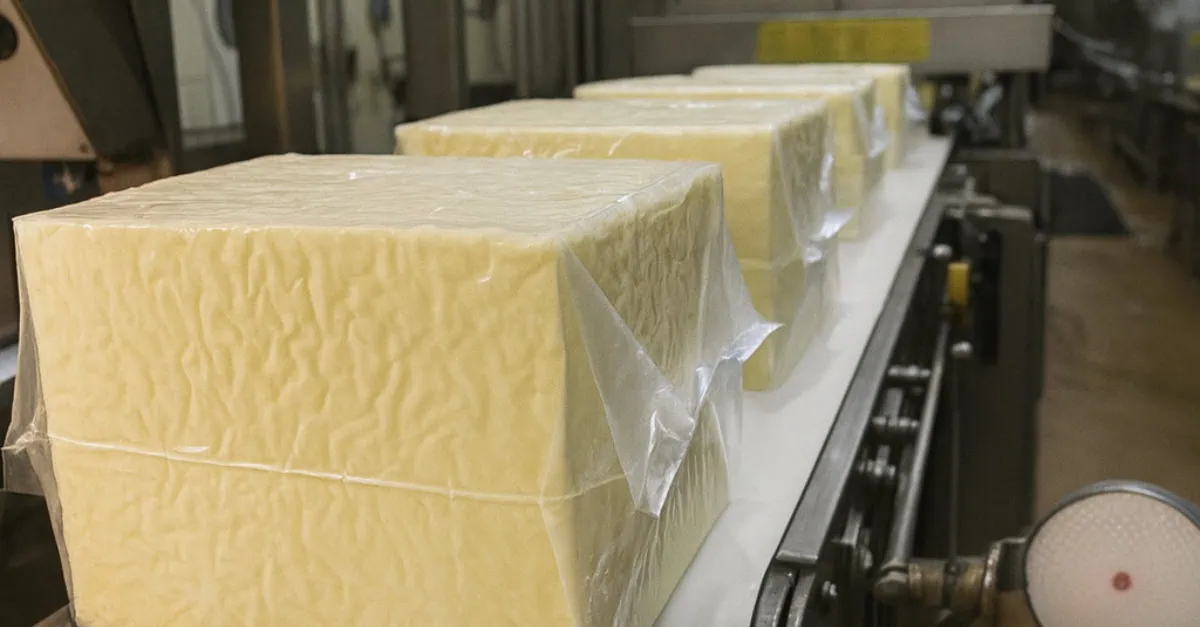Q2 approaches with mixed buying patterns in global whey markets
As the industry enters the second quarter of 2025, a notable divergence has emerged in the whey products market. While many companies have proactively secured their whey protein concentrate volumes, significant supply constraints continue to leave others without coverage. Meanwhile, the sweet whey powder market faces opposite challenges with reluctant buyers creating a notably flat market landscape.
Sweet whey powder markets remain under pressure
Sweet whey powder (SWP) markets in both Europe and the United States are experiencing sustained downward pressure as Q2 approaches. Market participants in Europe have adopted a distinctly cautious stance, with many deliberately postponing purchases in anticipation of further price declines.
This purchasing hesitancy appears strategically sound as:
- Milk volumes are projected to increase in the coming weeks
- Production capacity remains adequate
- Global economic volatility encourages conservative buying strategies
In the United States, despite a recent 10% price jump over the past ten days, the whey market continues to demonstrate weakness. Industry data shows that while more whey is being directed toward higher-value WPC and WPI production, dry whey production has only decreased by 1.92% year-over-year.
Protein concentrates face ongoing supply constraints
In stark contrast to sweet whey powder, the whey protein concentrate (WPC80) market remains characterized by tight supply conditions:
- Regional price divergence is emerging between Western and Eastern European producers
- Export demand continues to pull significant volumes to China, India, and South America
- Most industry players have already secured their Q2 requirements
- US WPC80 prices have adjusted slightly to maintain export competitiveness
Whey protein isolate (WPI) markets show similar tightness, with virtually no availability in Europe prompting some US manufacturers to offer product in European markets. However, current price differentials have not been sufficient to trigger substantial trans-Atlantic movement, particularly given uncertainty around potential tariff increases.
Downstream products show stability
Whey permeate prices remain historically low, attracting consistent demand from global importing regions. The high production rates of WPC and WPI, particularly in the United States, maintain strong permeate availability, supporting price stability.
Meanwhile, European lactose has seen Q2 volumes largely secured weeks ago, eliminating inventory pressure and supporting price increases for spot transactions. Significant demand has materialized over the past two months for standardization purposes ahead of Europe’s upcoming production peak.
Market outlook
Industry analysts anticipate continued divergence between whey product categories:
- Sweet whey powder prices are expected to remain under pressure throughout the milk production flush
- WPC80 and WPI markets show no signs of easing, with supply constraints likely to maintain current price levels
- European lactose is projected to experience a tight market with potential for further price increases
- US lactose markets face uncertainty dependent on export demand performance
Market participants are advised to monitor milk production patterns, evolving export dynamics, and potential shifts in global economic conditions as key factors influencing the whey markets in coming months.
This article provides a summary of market conditions based on Vesper’s comprehensive whey market analysis dated March 26, 2025. For detailed pricing information and in-depth market intelligence, please contact us.





